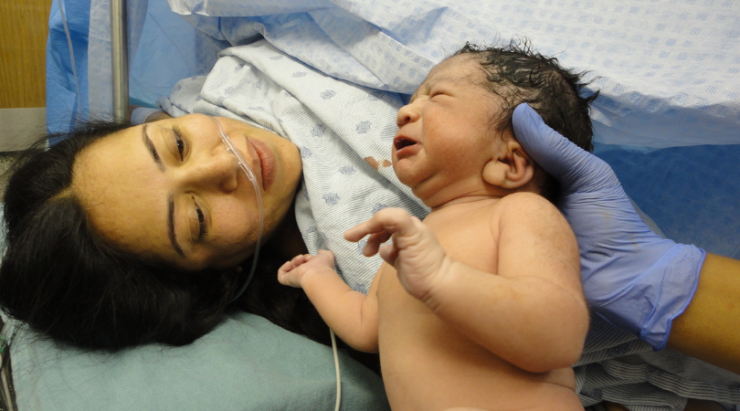Experience the journey of childbirth like never before. No two labors are the same, making each moment a unique and remarkable experience for every woman. From the gradual build-up of contractions to the exhilarating push that brings your little one into this world, every stage of labor holds its own surprises and joys.
When labor begins, you’ll feel your body preparing with rhythmic and powerful contractions. This is when you know it’s time to embark on this incredible journey. You might also notice a small amount of sticky, jelly-like pink mucus called a ‘show’.
As your contractions intensify, you may even experience your water breaking, which signals that your baby is ready to make their grand entrance. If your water breaks before labor starts, don’t hesitate to contact your doctor for guidance and support.
Navigating the Waves: Understanding the Stages of Labor
First Stage of Labour – Dilation
The first stage of labor focuses on dilation, where the cervix gradually opens up about 10cm. It can take hours before active labor begins, allowing you the opportunity to find comfort at home or relax in a warm bath. Walking around helps encourage the baby’s descent into position.
Second Stage of Labour – Delivery
When fully dilated, it’s time for the second stage – delivery. This is when you become an active participant in bringing your baby into the world by pushing during contractions. Take deep breaths, gather strength between pushes, and savour each moment as your baby makes their way down the birth canal.
Once their head emerges, it’s almost over! With one final gentle push, their body effortlessly follows suit. Imagine holding your precious bundle in your arms for the first time – an unforgettable moment that will be etched in your heart forever.
Third Stage of Labour – The Placenta
Finally comes the third stage – delivering the placenta. Your womb contracts again to expel it through your vagina safely. In some cases, if there are complications or delays in this process, rest assured that medical interventions are available to ensure both your and your baby’s well-being.
At every step of this incredible journey, trust in your body and the care provided by your healthcare team. Remember, no matter how long or short your labor may be, it’s a testament to your strength as a woman. Embrace the beauty of each stage and prepare to welcome the greatest gift life has to offer – your precious baby.
Welcoming the Unseen: Embracing the Miracle of Childbirth
Celebrate the miracle of childbirth, savouring every nuance of this extraordinary experience. As you embark on this incredible journey, do so with confidence, love, and anticipation that mirrors the wondrous unfolding of a new chapter in your life.
Learn more about Signs of Labor.
Written By: Dr. Tina I Ureten, MD, RDMS, RDCS





 Invite families and friends to witness this memorable event of your pregnancy. Celebrate that special child-bonding moment with your loved ones, wherever they are in the world.
Invite families and friends to witness this memorable event of your pregnancy. Celebrate that special child-bonding moment with your loved ones, wherever they are in the world. There is nothing more beautiful than your baby's heartbeats. Save that sound forever in a UC Baby® Heartbeat Bear®. It's not just a great keepsake, but also an effective way to sooth your baby to sleep.
There is nothing more beautiful than your baby's heartbeats. Save that sound forever in a UC Baby® Heartbeat Bear®. It's not just a great keepsake, but also an effective way to sooth your baby to sleep.

